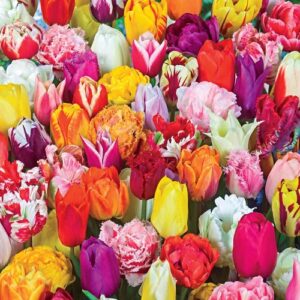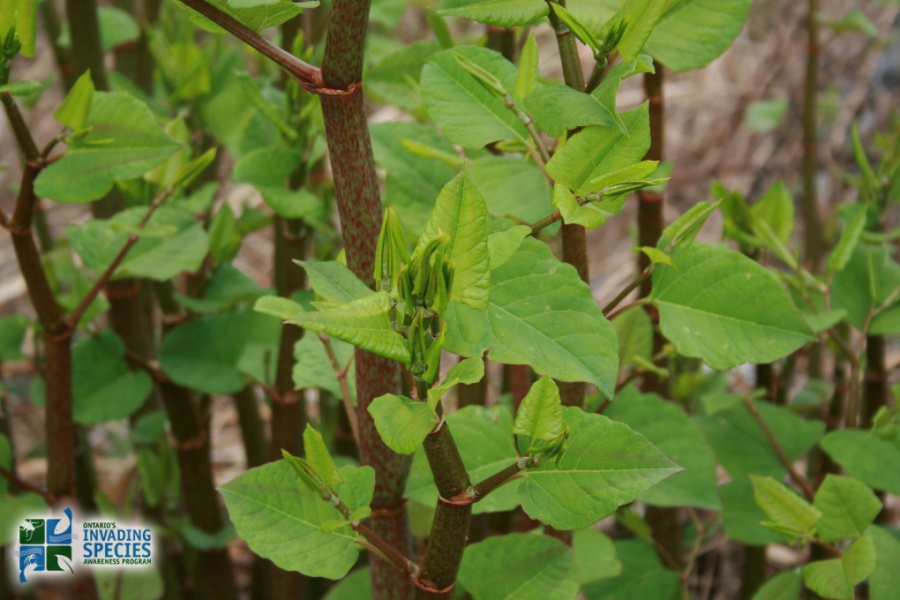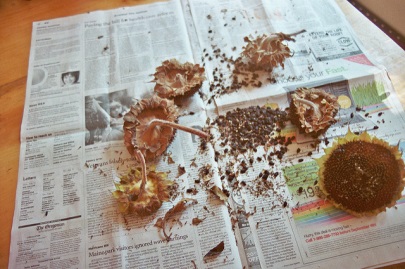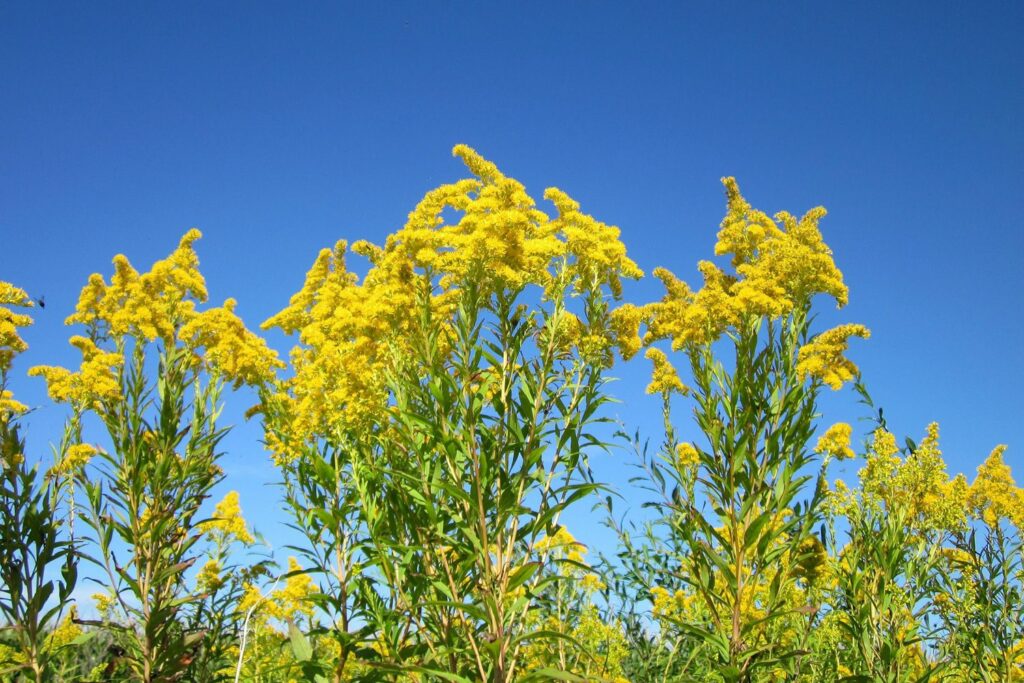
Planting bulbs
If you’re looking for more colour in your garden then planting bulbs in the fall is the thing to do! There are so many wonderful flowers that grow from bulbs that you can plant in your garden during the fall time. Planted bulb flowers will give your garden that extra colour and impact in Spring which always brings excitement after a long cold winter.
Planting bulbs is quite easy to do and there are many varieties for sale at your local nursery. If you’re new to gardening planting bulbs, they’re a great way to successfully grow flowers with little effort in the Spring. Check out your nursery in the fall and you will find numerous kinds of bulbs for fall planting. For example, you can purchase any kind of flower from Allium to Daffodils. A list of varieties can be found here. If you have squirrels and/or deer in your yard, check to ensure you plant bulbs that these furry friends do not eat!
October is Ideal
Planting bulbs is typically done from September to November however, October is the ideal month to plant bulbs. Tulips should be planted later in mid-October to November.
The tools required to dig a hole to plant the bulbs can be either a trowel or a spade. Planting larger bulbs 6 inches deep and 6 inches apart is the rule of thumb, while smaller bulbs can be planted 3 inches deep and 3 inches apart. If you are doing a mass planting you can dig a hole approximately 6 inches deep and then keep digging the width big enough to space the bulbs accordingly within the larger area. You can mix bone or blood meal fertilizer into the soil before planting the bulbs and be sure to place the bulbs so the pointed end is facing up in the soil. Cover the hole with the soil and add water if the soil is not moist.
After the plants have flowered the foliage should be left under the Sun so that the plant can replenish energy back into the bulb for next year. A good practice is to plant bulbs near other plants that will grow and spread their foliage to cover up the withered bulb foliage.
Once the bulbs are planted there is not much else that needs to be done, just wait for Spring and you will see the vibrant colours of those bulbs that were planted in the fall! Planting bulbs is a great way to have children participate in gardening because it’s an easy task for them to do, and they will be happy with the results of their work in Spring!

Below is a chart from Landscape Ontario which provides information on successfully growing various bulb plants.
| Name of Bulb | Height (cm) | Planting Depth | Comments |
| Tulips (Darwin, Cottage) | 38-76 | 12-18 | Plant 15-20 cm apart in drifts of one colour in full sun. |
| Species tulips, Kaufmanniana | 10-30 | 7.5-10 | Plant 2.5-5 cm apart in full sun, early bloomers for rock gardens and borders. |
| Scilla | 15 | 5-7.5 | Plant 7.5-15 cm apart in clumps, early bloomers for rock gardens and borders. |
| Muscari | 15-25 | 5-7.5 | Plant 5-7.5 cm apart in rich, moist soil. |
| Crocus (Chrysanthus) | 7.5-10 | 5-7.5 | Plant 5-15 cm apart in large groups. Great for rock gardens. Forces well. |
| Snowdrops (Galanthus) | 7.5-10 | 5-7.5 | Plant 5-7.5 cm apart in moist soil, great for naturalizing, can be forced, full sun or part shade. |
| Glory of the Snow (Chionodoxa) | 10-12.5 | 7.5-10 | Plant 2.5-7.5 cm apart in large groups in full sun to light shade, three to four week blooming period, an excellent choice for naturalizing. |
| Daffodil (Narcissus) | 20-6 | 18-20 | Plant in rich soil, full sun to part shade, great for forcing indoors, great for naturalizing. |
| Winter Aconite (Eranthis) | 10 | 15 | Plant 5-7.5 cm apart, very early flowering, blooms are bright buttercup-like flowers. |
| Crown Imperial (Fritillaria) | 91 | 15-30 | Plant 20-23 cm apart in sweet, well-drained soil, flowers mid-season. |
| Allium | 35.5-91 | 15-30 | Flowers May to June or July for Azureum Blue allium. |
| Iris (bulbs) | 15-23 | 10-15 | Very early flowering in full sun, well-drained soil. |
For another great article on bulbs check out the one below:





About The Author: Sandra Elfman
More posts by Sandra Elfman